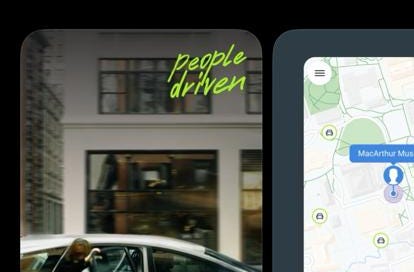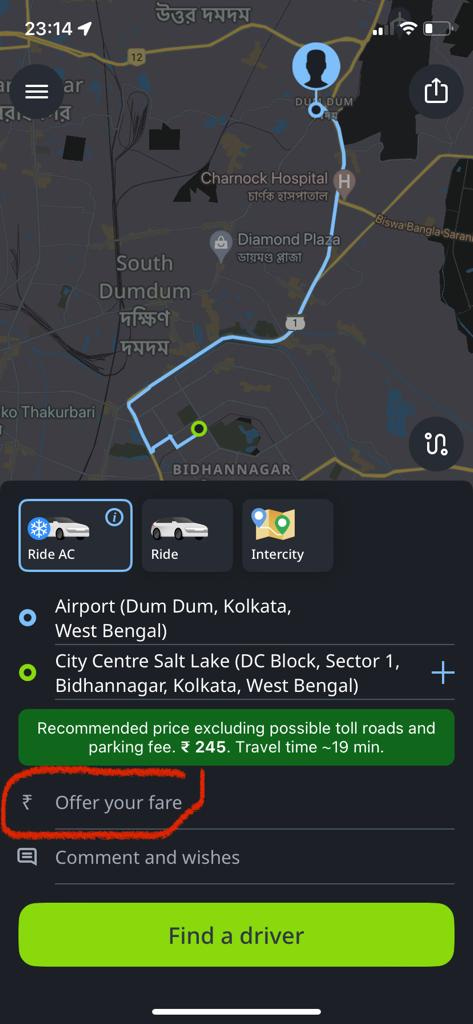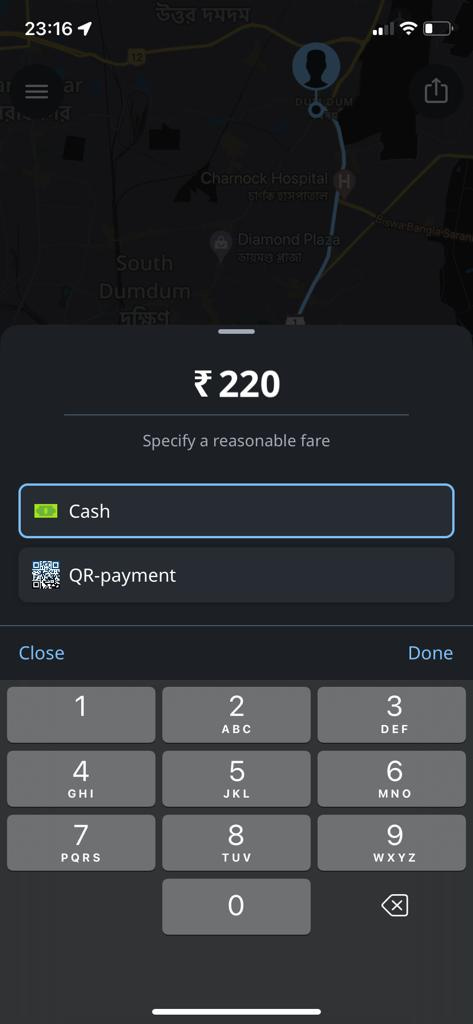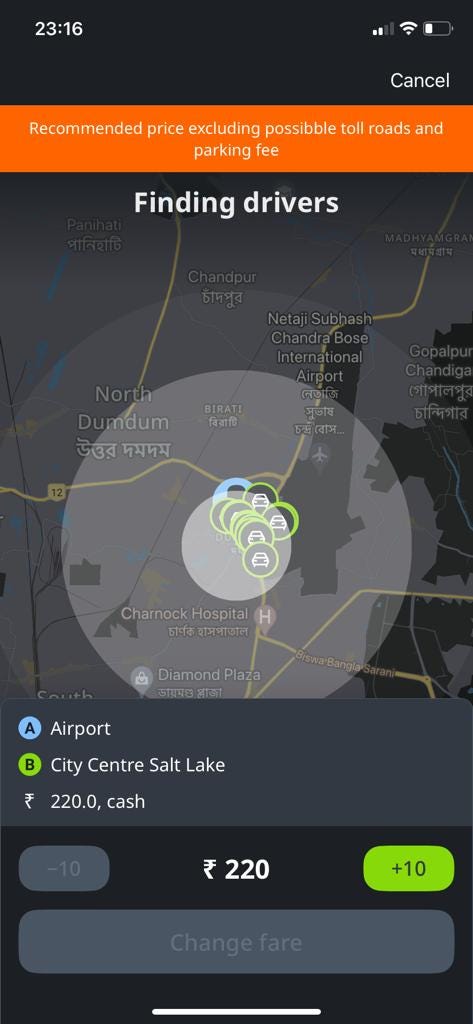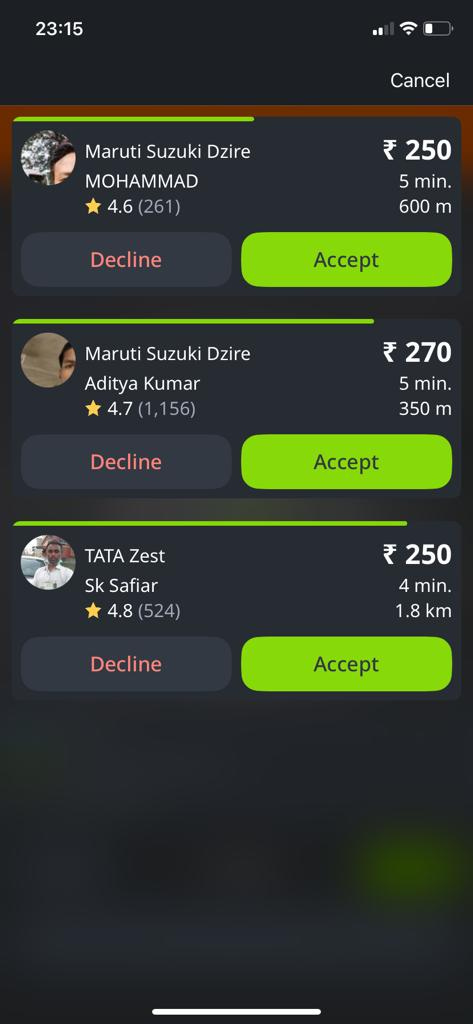How inDrive is taking over Kolkata
Article on the recent emergence of a new cab aggregator in Kolkata that is doing everything differently.
Most of us have probably not heard of inDrive. I first heard of it about 3 months ago.
However, it was only on a recent trip to Kolkata that I got to experience it first-hand. After dealing with long wait times, cancellations and price increases on Uber/Ola, the inDrive App was refreshing. A small ray of sunshine in the cold, dreary and notorious world of cab aggregators.
Remember the (g)olden days of Uber/Ola? We could get a cab in 5 minutes for sane prices. The riders loved it, the drivers loved it and the software engineers loved it. Everything was going great. We all assumed that, with the platform effect, we will soon be in cab heaven. However, things began to change once the VC money ran out proving that the underlying business model was unsustainable. But this does not make sense, right?
If we were paying more for cabs than we have ever before (Rs 30 - 40 per km) then why were both the drivers and Uber not making enough money? Where was all the money we were paying disappearing? The common complaints that drivers had (based on anecdotal evidence) were -
Lack of transparency on the destination;
No transparency on the fare; and
Delayed payment/remittance of money earned.
inDrive addresses and, seemingly, solves all these concerns for the drivers. Let us take a look at how the app works -
Step 1
After creating your account, you get the booking page (right). You have the choice to choose between an AC ride and a Non-AC ride with a consequent price differential. Uber/Ola never allowed for non-AC rides which led to a lot of people facing issues where the cab driver simply refused to turn on the air-conditioning despite you having paid for it. A simple choice for the rider solves this problem.
Another interesting thing to note is that fare is a recommended price. The fare is not fixed (it is actually restricted - check below). The rider is free to offer a lower or higher fare to the driver.
Step 2
Once you have chosen your AC/Non-AC preference and confirmed your pickup and drop-off point, you can enter your fare in the ‘Offer your fare’ space after referring to the recommended fare. There are only two payment options - cash and QR payment. As usual, even if you select cash, you can later pay via UPI to the driver directly. Although I did not get the chance to try the QR payment option, my driver claimed that in both cases the payment directly came to his account.
I mentioned before that the fare was not completely unrestricted, this is what I meant (right). inDrive limits the band in which the rider and driver can alter the fare. The fare is anchored to the recommended price. This prevents either party from taking advantage of the other.
Step 3
After fixing the location, deciding on the price and selecting AC/Non-AC rides, you get to driver matching (right). During this process, inDrive displays your pickup and drop-off location along with the fare to nearby drivers. The drivers have the choice to accept the fare as is or present a counteroffer.
They can offer higher fares that are acceptable to them (but within the band prescribed by inDrive). In my experience, this band is roughly between +/- Rs 60-80 from the recommended fare.
Within seconds of you making an offer, you will typically see counter-offers from multiple drivers at varying fares. For each of these drivers, inDrive will also show you: the car model, current distance from your location, and rating. You can select your preferred option, and you are good to go!
After a quick overview of the app, we can conclude that inDrive is a cab aggregator that facilitates a mini-negotiation between the rider and drivers allowing them the freedom to agree upon a price. This transaction, accompanied by complete transparency, leaves both parties happier and with little to complain.
Monetisation by inDrive
inDrive has a very interesting monetisation model which is very different from Uber/Ola. Uber/Ola would set the fare for the driver and would obtain the money from the rider. After deducting their commission, they would remit the remaining amount to the driver. There were a lot of concerns from drivers surrounding this mode of payment. First, the amount of commission was a total mystery. Completely opaque. No driver would know how much the rider was charged and how much commission Uber/Ola deducted. Upon some investigation, drivers found that often 30-40% of the fare would be appropriated by Uber/Ola. Second, the remittances would take a week to be credited to the driver’s account. For Ola, drivers often complained of multiple delays in remittances. These drivers did not have a significant cushion of wealth that would allow them to wait for long periods for their remittances. This also led to several instances of drivers attempting to take the booking outside the app or cancelling any booking where cash was not selected as the mode of payment.
inDrive has come up with a seemingly ingenious solution to both the monetisation issue and driver cancellation concerns. Drivers for inDrive have to deposit and maintain a minimum amount in their wallet(anecdotally, Rs 100). inDrive charges a 10% commission on the fare upfront from the wallet, that is, as soon as the booking is confirmed. As soon as the rider accepts a bid from the driver, the 10% commission is deducted immediately from their wallet. If the driver cancels, the commission deducted is lost, unless there are extenuating circumstances. So, if I book a ride for Rs 250, immediately Rs 25 is deducted from the driver I selected. The upfront fee incentivises drivers to not cancel. Further, as discussed above, the fare from the rider is directly deposited to the driver. Therefore, there is no question of remittances or delays associated with it.
Conclusion
Whether inDrive’s business model is sustainable in the long run is unknown as I do not have access to their finances. Like Uber and Ola in the (g)olden days, inDrive does offer a relatively generous incentive to drivers for completing a certain number of rides. Therefore, it is possible that the business model only appears sustainable but is actually relying on burning cash. However, the inDrive model does bring in long demanded transparency and control to cab booking for both drivers and riders.
But for now, in the words of my cabbie, “Yeh hi best hai!”
